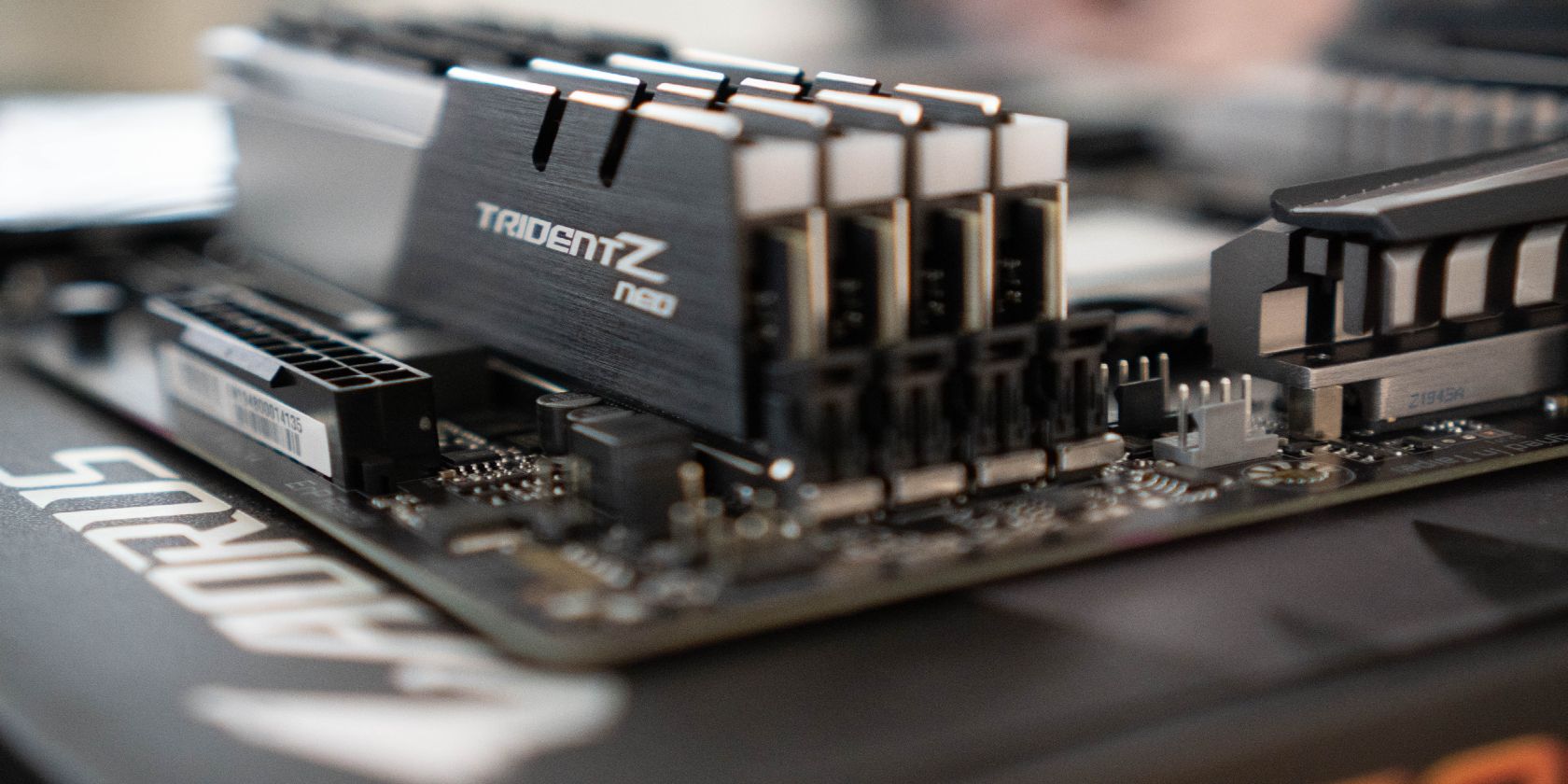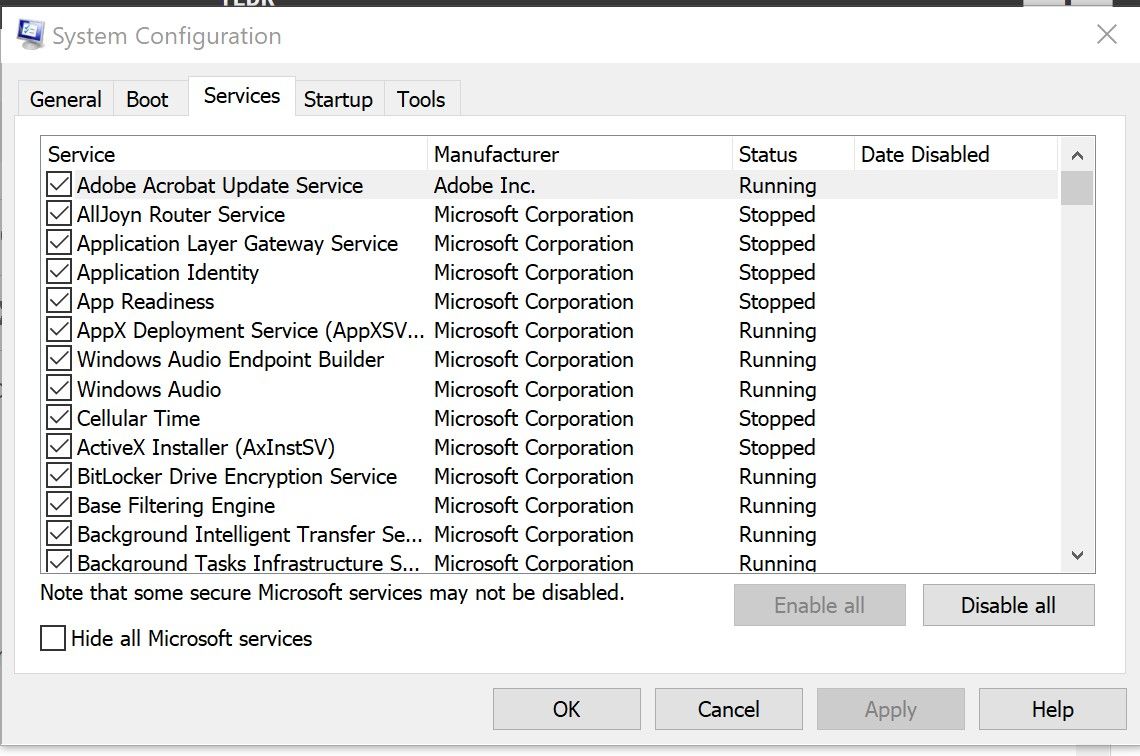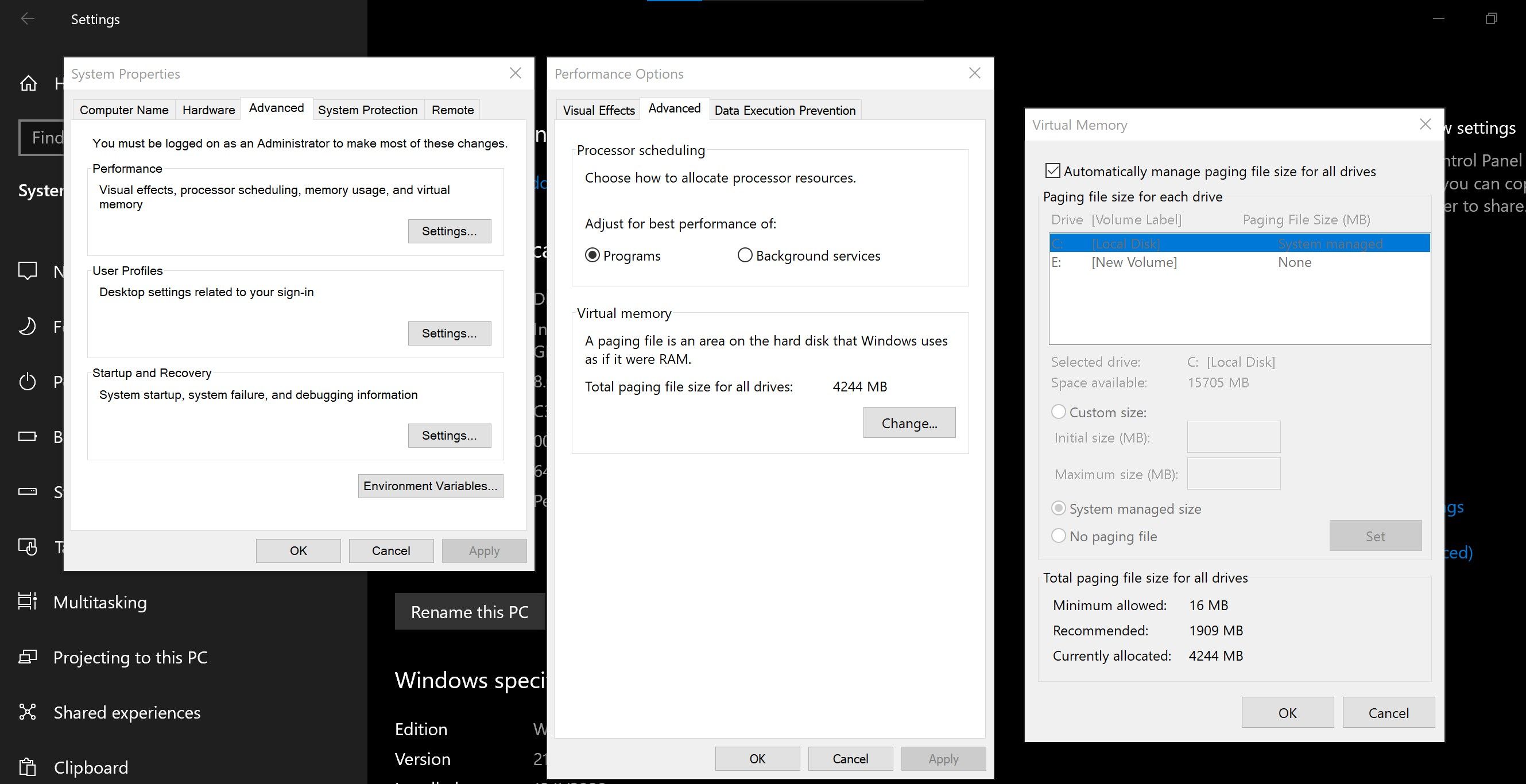Random-Access Memory (RAM) is essential for the effective working of your computer. RAM has exceptionally high read-and-write capabilities, which allow it to store all the concurrent processes on a computer.
Faster and better RAM is essential to improve a system's multi-tasking, which leads us nicely to the main topic of discussion: optimized RAM. Well-optimized RAM can boost a system's performance and make it more responsive.
Let us look at some methods to efficiently optimize your RAM and churn every bit of performance from your PC:
Track Used Memory and Run Clean-Up Processes
Unnecessary background processes are one of the leading causes of unusually high RAM usage. Therefore, the easiest and most efficient way of boosting your RAM is by tracking the memory usage and eliminating unnecessary processes.
You can track your memory usage using Task Manager on Windows. The Task Manager shows a comprehensive evaluation of parameters like Memory Usage, CPU Usage, Network Usage, and GPU Usage of every process running on your machine.
To access the Task Manager, right-click on your system's Taskbar on your Windows OS and select the Task Manager option.
Subsequently, you can also use Ctrl+ Shift+ Esc to open the Task Manager automatically. Scroll through the Task Manager to end any task(s) that seem unnecessary. However, be careful, as there are some processes you should never kill.
Disable Unwanted Startup Programs
Some programs execute as soon as the computer boots up. Startup programs can hog your memory, even if you are not using them. It is best to disable unwanted programs to make the computer snappier, especially after a boot-up.
On Windows, you can disable startup programs by accessing the Task Manager and going to the Startup tab. This tab includes the list of all the startup programs and their impact on your system's memory. It would be best to consider disabling all the startup programs that significantly affect memory.
Try a Different Browser
Google Chrome comes equipped with plenty of features that make it popular among millions of users around the globe; nonetheless, not many people know how Chrome drains your system's resources whenever it is in use.
Chrome can quickly crank up your RAM, especially if you are using a 4GB/8GB RAM configuration. You should consider changing your browser if you primarily access the internet through Chrome.
Lightweight browsers like Opera, Midori, Vivaldi, and Light are great alternatives to heavier Chromium-based browsers. You can also consider Microsoft Edge as it considerably improved its RAM optimization after switching to a Chromium-based build.
Software Update
Most software companies deliver better RAM optimization by frequently updating their product. This is true for all types of software, including operating systems like Windows. It would be best if you considered updating all your device's installed programs to achieve the best available memory experience.
Additionally, make it a point to install all minor and significant Windows updates as they can massively improve performance. You can also enjoy new features by constantly updating your software.
Use the MSConfig Menu
Third-party applications run their system configuration services in the background. These processes take up a lot of your precious RAM capacity and slow down your computer. You can disable all third-party services using the MSConfig menu.
You can access the MSConfig menu by searching MSConfig in the Run Window. The system configuration tab opens up, which shows all running services.
This list also contains some essential Microsoft services, so make sure to check the Hide all Microsoft services button before proceeding. Removing all third-party services can have unexpected consequences, mind, such as stopping software from working properly, so it's best to work through them one by one.
Set Virtual Memory
Windows offers a feature to use your disk space as a memory repository, especially when the RAM is primarily occupied. This feature is known as virtual memory, or the page file.
- Head over to Settings > System > About, and select the Advanced system settings.
- Under Performance, select Settings.
- Now, switch to the Advanced tab and select Change under the Virtual memory section.
The virtual memory window will appear. You can check the option Automatically manage paging file size for all drives, and Windows will automatically handle the virtual memory size. You can also set your desired values under the Initial size and Maximum size columns.
The amount of virtual memory you can use depends on your system, so check out our virtual memory guide before making any changes. Using too much virtual memory can cause your system to slow down, important information passes from superfast RAM to much slower storage memory, even if you're using an SSD.
XMP/AMP Profiles
Your computer likely caps your RAM’s maximum clock speed. However, you can utilize every bit of your RAM’s capabilities using an Intel Extreme Memory Profile (XMP) or AMD Memory Profile (AMP).
You can boot into the BIOS and toggle an XMP or AMP profile. Configuring an XMP or AMP profile pushes the RAM to run on higher frequencies, and it automatically adjusts the required voltage for this overclock.
Why Shouldn't You Use RAM Optimizers?
RAM optimizing software markets itself as the one-stop solution to all memory-related problems. But such software often slows down the system while freeing up the RAM.
RAM optimizing software calls what is known as the "EmptyWorkingSet" Windows API and forces running application(s) to use the
Windows page file instead of the actual RAM.
This frees up considerable space on your RAM, but the computer becomes relatively slow as Windows starts using the page file.
Compared to the RAM, the page file is prolonged, thereby failing the entire purpose of using a RAM booster.
RAM Optimization Can Make Your Computer Faster
A low memory system can face issues like frequent system freezes, choppy experiences, unexpected applications crashes, and much more. All this can make a computer difficult to use.
RAM optimizers are a tempting option to optimize memory, but they often act counterintuitively. It would be best to consider optimizing your RAM by using the simple methods listed in the article.


.jpg)
.jpg)


